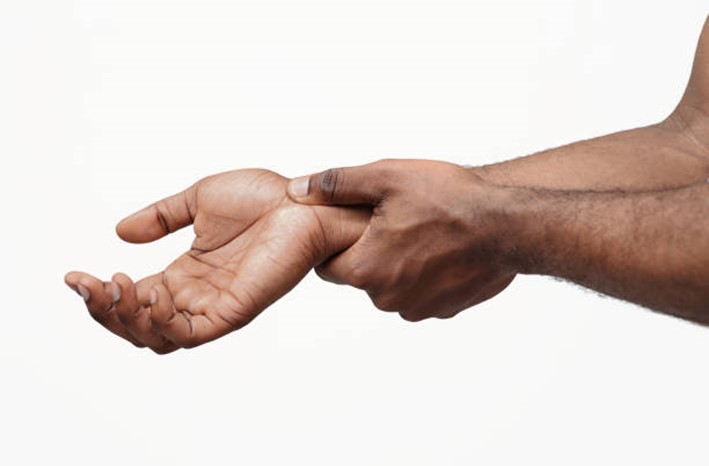
WRIST PAIN
- 2024-07-26 01:09:13

Well, Adaptive Muscle Shortening Is Holding You Back
Adaptive shortening is muscle tightness caused by a muscle being forced to remain in a shortened position for a prolonged period of time. This shortening causes a reduced range of motion, a feeling of tightness in the muscles, and added stress on the connected tendons. However, most symptoms will not show up until the muscle has already shortened a significant amount. The results are postural distortion and the replacing of normal contractile elements with noncontractile tissue.
Our muscles are the engine by which we move. Unfortunately, muscles do not naturally maintain their healthy or ideal range of motion on their own. In fact, it’s just the opposite. Muscles will change their functional resting length to adapt to the length at which they are habitually used or positioned. Tight or shortened muscles affect nearly everyone. Time spent running/exercising does not fix muscle imbalances, and can make the problem worse. Not only will shortened muscles impact your efficiency as a runner, but they will eventually lead to injury.
Let’s narrow down to the psoas muscle:-
The Psoas (so-as) is the muscle that connects the lower body to the upper body. When the psoas is healthy and functioning correctly it creates a neutral pelvic alignment, stabilizing the hips and supporting the lower back and abdomen. When it is unbalanced or tight, there is a serious consequence in almost every part of your body.
What causes the Psoas to shorten?
Sitting, whether it be at desk job, driving or on the couch, will eventually lead to a shortened and underdeveloped psoas muscle. Most people don’t realize that the cause of their problems is tight or shortened muscles. The impact tight muscles have on the whole body never occurs to us until we start to experience the symptoms.
Signs that you have Psoas shortening;-
Your physiotherapist will help you to:-
Compiled by;
Naomi Wausi,
Physiotherapist.